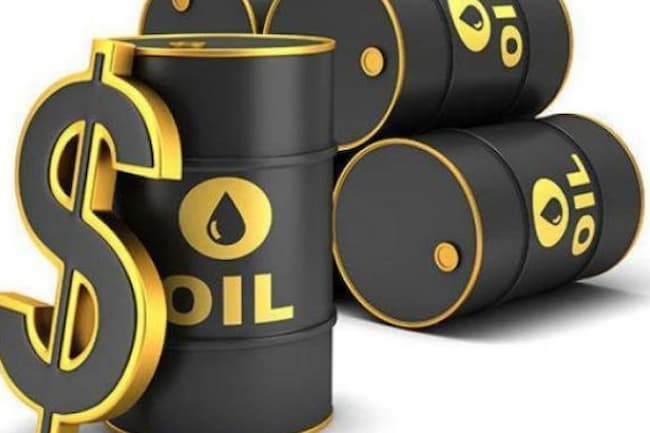Wednesday saw a decrease in the price of crude oil as investors’ risk appetite was influenced by weaker-than-expected Chinese industrial statistics, but losses were restrained by hope that the US debt ceiling deadlock would be resolved.
Investors appear to be wagering that OPEC and its partners, known as OPEC+, won’t further reduce output when they gather this Sunday for their monthly meeting despite their continued concern over demand. This Sunday’s meeting will take place after the market closes.
The output of OPEC and OPEC+ has decreased by 3.5 million barrels per day since October, which is a significant portion of the daily global consumption of almost 100 million barrels.
However, from $83 before to the October reduction to the present levels, Brent oil prices have decreased. Benchmark Brent crude sold at $73.56 a barrel, down 0.20% from the previous closing price of $73.71 a barrel in the previous trading session on Friday.
West Texas Intermediate (WTI), the American benchmark, was trading at the same time at $69.33 per barrel, down 0.19% from the session’s closing of $69.46 per barrel.
The price of Brent oil decreased more than 4% in the previous trading session as a result of the news that China’s official Purchasing Managers’ Index (PMI) decreased to 48.8 in May from 49.2 in April, according to the National Bureau of Statistics (NBS) on Wednesday.
Since it fell to 47 in December, this is the lowest point. Following the White House and House Speaker Kevin McCarthy’s weekend deal to increase the US debt ceiling, a bipartisan accord is now up for consideration in the House of Representatives with hopes of being enacted on Wednesday.
Investors are now awaiting the production decision of major producers in the OPEC+ group on Sunday. It will be the first ministerial meeting of the group after some OPEC+ countries in April decided to cut output by 1.6 million barrels per day (bpd) on top of their existing cuts of 2 million bpd.
The main problem has been that demand has been falling. China’s rebound from Covid restrictions hasn’t been as strong as some analysts had expected, and economies are sputtering in other parts of the world.
Russia, which is part of OPEC+, has said it is reducing production by 500,000 barrels a day in retaliation for sanctions related to its invasion of Ukraine.
Shipping vessel data tracked by Bloomberg indicate that Russia’s crude production hasn’t fallen off — in fact, it appears to have risen.
That raises the prospect that Saudi Arabia and other major oil players will press Russia to actually reduce production, which itself would be tantamount to a new cut.
RBC Capital Markets analyst Helima Croft doesn’t expect other OPEC members to get into a dispute with Russia over production. The last time that happened, in 2020, a supply glut led to prices dropping fast.
But Croft writes that OPEC has the incentive to cut production more and prop up prices, and she thinks it is more likely than not that they will. The fact that OPEC is meeting in person — as opposed to remotely — is a sign that they are predisposed to make a more active decision, she writes.
It is also clear that the market isn’t betting on that outcome. Eventually, OPEC’s hand may be forced regardless — though it could take even lower prices to force the cartel to get more aggressive.
“The oil market is not pricing in additional OPEC production cuts, but ironically, the lower prices go, the more likely OPEC will be to announce a cut,” writes Raymond James analyst John Freeman.














